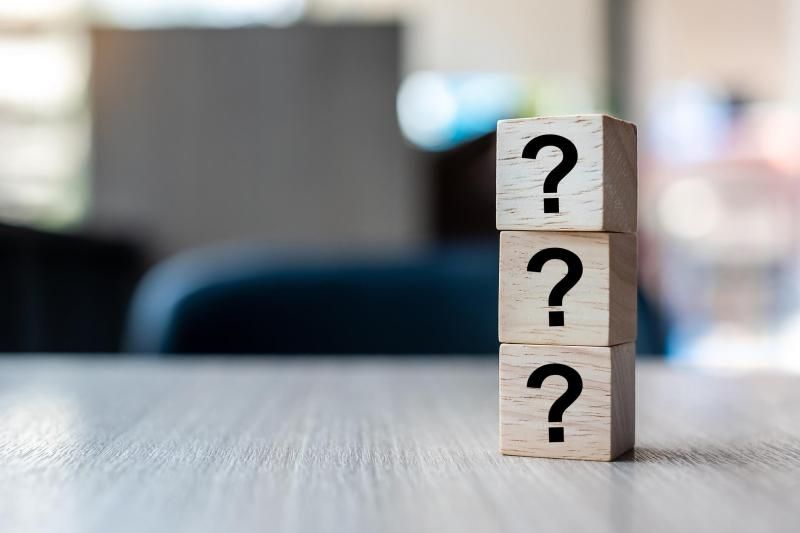Google Penalty Myth-buster

We hear some crazy things about Google penalties at WMG. So we’re bringing you 6 of the myths we hear most often (and telling you why they are completely untrue!).
Myth #1:
“You should aim to go from a Sitewide penalty to a partial match penalty and start building again.”
Busted:
This is of course absurd. Google penalties are there to prevent link building and other spammy behaviours that ‘game the system’. If you have a sitewide penalty it is likely that your SEO practices have been significantly less than white hat.
You should aim to remove the penalty, and re-assess your online strategy for the future.
Myth #2:
“I’ll link-build the penalty away!”
Busted:
A Google penalty can only be removed by severing the links that have been identified as manipulative in some way. Admittedly it can be tricky to work out which specific links might be causing you issues, but no amount of link building can help you remove the problem. If anything it’ll make it worse.
Myth #3:
“We’ll just keep submitting recon requests!”
Busted:
Absolutely not. Firstly, this is the wrong attitude to take when it comes to dealing with your manual penalty. Link removal work needs to be done to remove a penalty, so firing off reconsideration requests, no matter how carefully written, will not help you.
Secondly, Google will make you wait a couple of weeks between reconsideration requests, should your first attempt fail. This is partly due to the high volume of requests that Google receives, but also to give the index a chance to update. Link removal takes time. Once a link has been removed Googlebot still has to re-crawl the linking page for the change to be recorded.
Myth #4:
“We’ll just disavow!”
Busted:
No, a manual Google penalty requires manual work to solve. This is also explicitly stated in failed reconsideration messages:
Keep in mind that simply disavowing links will not be enough to make a reconsideration request successful; we will also need to see good-faith efforts to remove a large portion of inorganic links from the web wherever possible.
Myth #5:
“Google will take pity on me because I have lost so much revenue.”
Busted:
Pity doesn’t come into it. The search index is built and maintained through very logical algorithms. If your site was receiving revenue through clearly inorganic linking practices, then those ill-gotten gains are likely to dry up.
The best thing you can do is ask an expert to help you out of your penalty, and change your strategy.
Myth #6:
“You will bounce back to where you once were pre-penalty because you deserve to be there.”
Busted:
This will depend on where your domain deserved to rank in the first place. You will absolutely bounce back to where you deserve to be. But some site owners have unrealistic expectations of where that might be.
If a site achieved a slot in the top 5 search results through questionable SEO practices, it’s very likely that this domain won’t bounce back post-penalty. The shady practices will have been negated by the penalty, so the inflated ranking position will also be cut.
However, we have seen recovery in some examples of high quality sites, with a targeted action on certain pages. These sites tend to have fresh content that people naturally want to read and engage with.